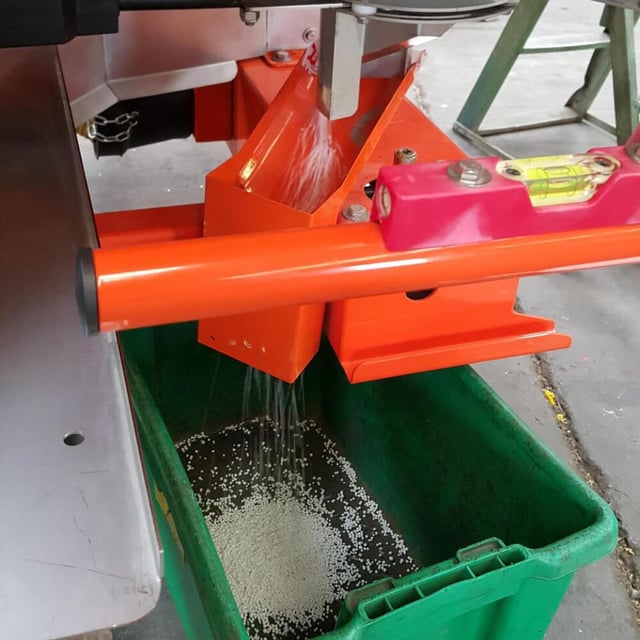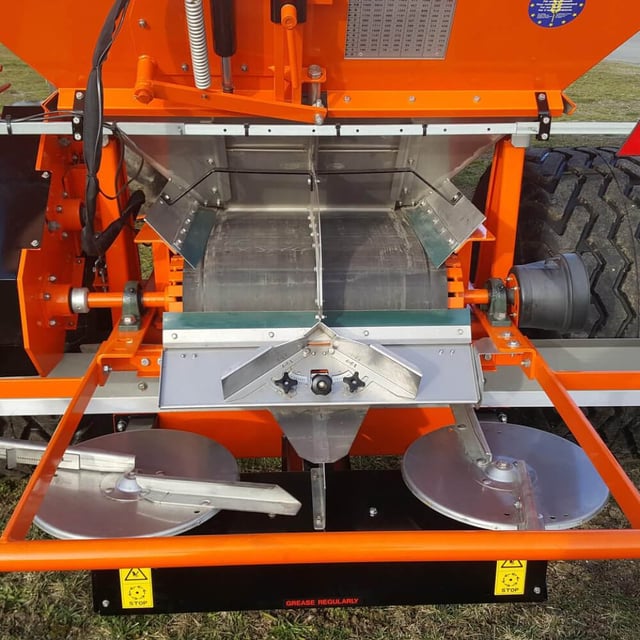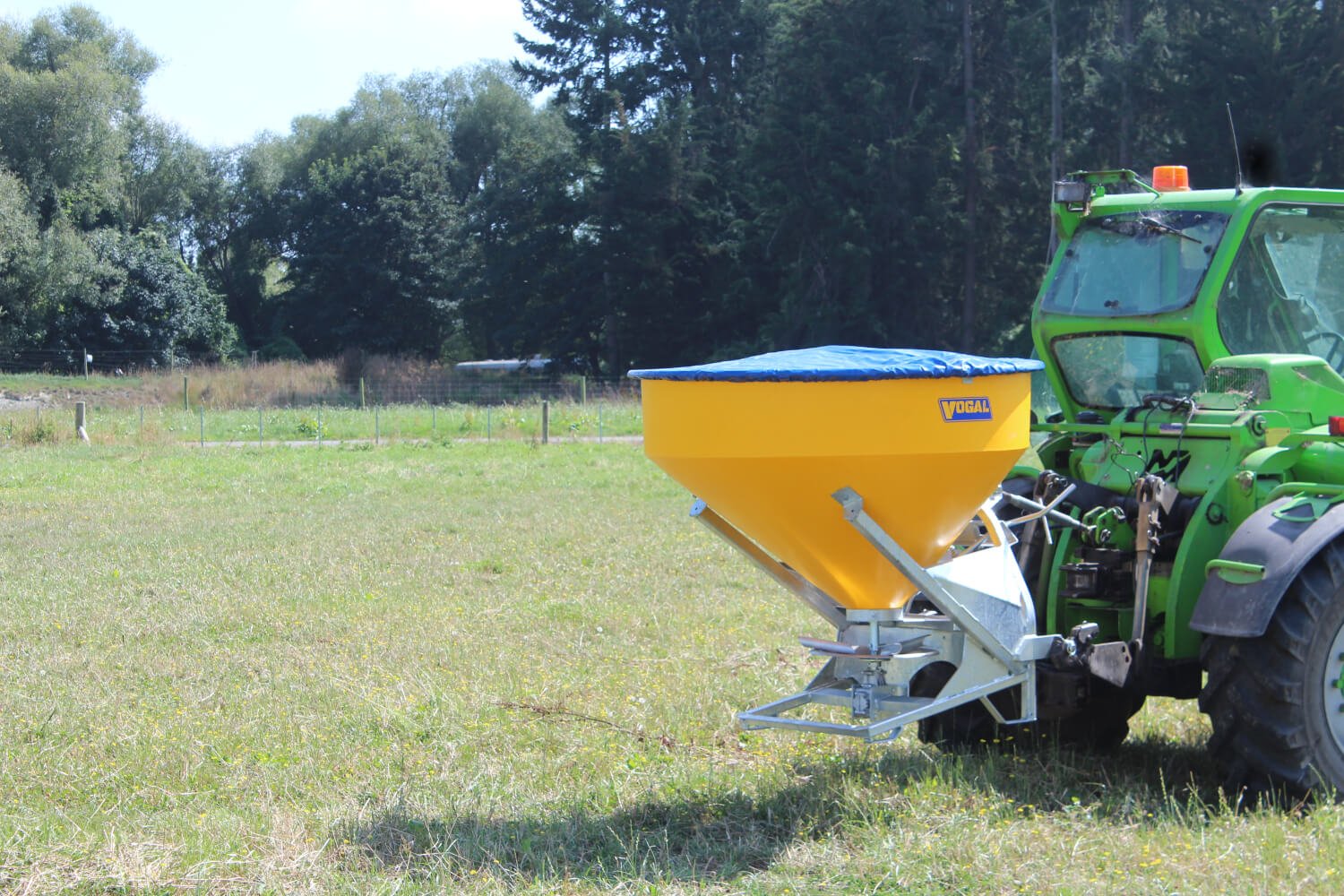Why should the spread rate be correct?
Incorrect application can contaminate domestic water supplies and cause nitrification of ponds and drains, clogging them with vegetation and algae.
The economy is obviously a biggie in everyone's mind and the effects can be dramatic. Excess fertilizer is often not taken up by the plant and leaches below the root zone and lost, which can cause soil acidification. Too little fertilizer causes less plant growth & reduces the anticipated yield. Both scenarios have negative results, wasted fertiliser &/or a lower yield than expected.
Why won't my spreader spread the correct rate?
Your new fertiliser spreader will come with an owners manual, that should show you the settings to adjust the aperture or flow shutter to achieve the desired rate of fertilizer application. The problem that can cause variation is that fertiliser consistency can vary between countries it's produced in and batches due to the different characteristics in each geographic area. Also often depending on how many times the fertilizer has been handled before it gets to the end user too.
 2021 UPDATE TO THIS BLOG
2021 UPDATE TO THIS BLOG
Since publishing this blog post, we have been hard at work developing an automatic calculator which takes all of the hard maths out of trying to calibrate your gravity feed spreader. Simply input your travel speed, spread width & application rate and the calculator will do it for you!
The following steps are a guide to successfully calibrate your fertiliser spreader.
Gravity feed hopper spreader:
Step 1: Remove the spreading disc from the gearbox shaft.
Step 2: Choose the recommended shutter/aperture opening and let the fertiliser flow for one minute.
Step 3: Weigh the caught fertiliser and compair the weight with the required amount (rate, speed and spread width) in the free calculator tool.
Step 4: Adjust the shutter/aperture to achieve the required flow for the spread width, rate and speed.

To work out the fertiliser application (kg/ha) = flow rate (kg/min) divided by [spreading width (m) x speed (km/h)] x 600.
For example, follow these steps to work out the application rate:
Spread width of 18m x speed of 12km/hr = 216
Total flow rate is 28.8kg/min divided by 216 = 0.13333333333
0.13333333333 x 600 = 80kg/ha
 2021 UPDATE TO THIS BLOG
2021 UPDATE TO THIS BLOG
Since publishing this blog post, we have been hard at work developing an automatic calculator which takes all of the hard maths out of trying to calibrate your gravity feed spreader. Simply input your travel speed, spread width & application rate and the calculator will do it for you!
Belt feed fertiliser spreaders:
On fertiliser spreaders with a ground driven belt feed, a similar process can be used, but drive the spreader forward 10 meters with the shutter/aperture at the recommended position, and catch the discharged fertiliser. (making sure the discs are disengaged).
Use the following sample formula to calculate the rate, based on a 24m spread width:
Step 1: KG caught after traveling 10 meters (3kg)
Step 2: 3 divided by (24x10) = 0.0125
Step 3: 0.0125 x 10,000 (1ha 10,000m square) = 125kg/ha

Lets sum this up:
The precision flow for fertiliser requires a number of factors. It depends on the careful integration of operator skills, sound spreading equipment, air humidity, working speed, wind direction, PTO speed and driving technique. It is the integration of these factors that is at the heart of the successful rate of application.
To view Rata's range of high quality premium fertiliser spreaders, click the button below.



.webp)